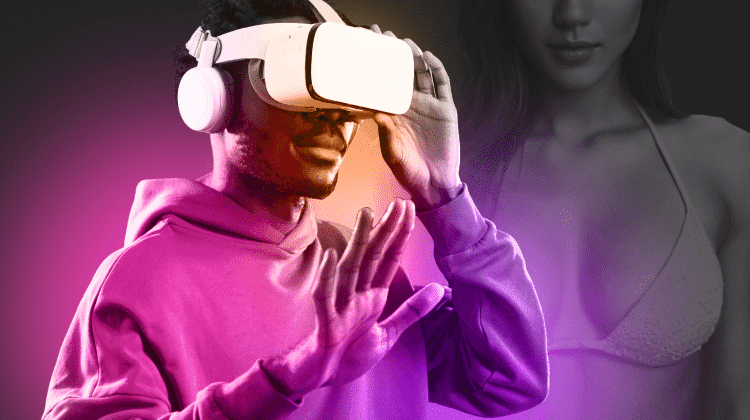Here’s a win for privacy advocates: Microsoft confirmed this week that the Xbox One will still continue to function without the included, and heretofore understood to be mandatory, Kinect sensor. The revelation came as part of IGN’s weekly “Ask Microsoft Anything About Xbox One” Q&A session:

Xbox One is designed to work with Kinect plugged in…That said, like online, the console will still function if Kinect isn’t plugged in, although you won’t be able to use any feature or experience that explicitly uses the sensor.
When pressed further about users’ ability to disable the accessory, Chief Xbox One Platform Architect Marc Whitten explained:
You have the ability to completely turn the sensor off in your settings. When in this mode, the sensor is not collecting any information. Any functionality that relies on voice, video, gesture or more won’t work. We still support using it for IR blasting in this mode. You can turn the sensor back on at any time through settings, and if you enter into a required Kinect experience (like Kinect Sports Rivals for instance), you’ll get a message asking if you want to turn the sensor back on in order to continue.
Kinect is Microsoft’s motion and audio detection accessory for the Xbox and Windows. The first generation of the product was released for the Xbox 360 in late 2010, followed by a Windows version in early 2012. Although promising, the optional accessory had a number of drawbacks, including poor imaging resolution, slow response times, and a large spatial requirement.
With the upcoming Xbox One, set for release this fall, Microsoft is making the Kinect a key part of the console experience. The now-included device sports a significantly improved wide-angle camera with better resolution and low-light performance, better accuracy, and the ability to detect more subtle user interactions such as heart rate and facial expressions.
The new Kinect will also play a larger role outside of games. Users will be able to turn the Xbox One on, navigate the menus, interact with videos, and initiate full-screen Skype chats all via voice commands and motion gestures.
The extensive nature of Kinect’s involvement with core Xbox One functionality led to concern from privacy advocates when it was initially revealed in May that the console would not function without the Kinect sensor. Microsoft insisted that strict privacy controls would prevent Kinect from sharing data without the user’s permission but, especially in light of recent controversy over corporation-assisted government spying, many users shuddered at the thought of an “always on” and “always listening” camera an microphone in their living rooms.
With this week’s revelation that the Xbox One will still function in some capacity without the Kinect, Microsoft has made yet another switch late in the game (previous switches relating to an online DRM check-in requirement, indie self-publishing, and inclusion of a chat headset). At least the changes have thus far been arguably positive ones.















